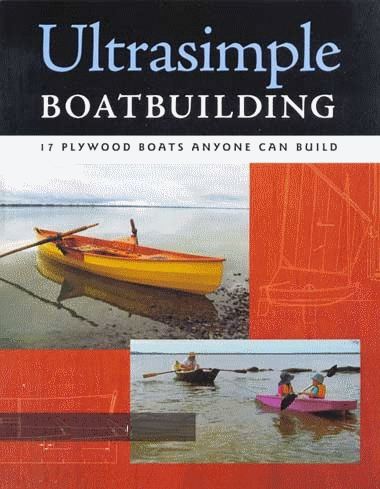 Water Rat is a 3 foot wide plywood kayak which can be built with a length of either 9 or 1010". This boat has an unusual, but attractive shape, and has proved to be quite popular. She was initially drawn by my friend Doug Laver back in the days when we were working at my workshop in Brisbane, and we had started experimenting with Gregg Carlsons Hull Designer program.The plans that Doug and I used originally were very difficult to interpret when it came to the shape of the developed panel sections, and I subsequently redrew them in a CAD program, incorporating a few variations and conventional dimensioning. You can read about the boat in a previous post here:- http://rosslillistonewoodenboat.blogspot.com.au/2011/11/water-rat-developments.html
Water Rat is a 3 foot wide plywood kayak which can be built with a length of either 9 or 1010". This boat has an unusual, but attractive shape, and has proved to be quite popular. She was initially drawn by my friend Doug Laver back in the days when we were working at my workshop in Brisbane, and we had started experimenting with Gregg Carlsons Hull Designer program.The plans that Doug and I used originally were very difficult to interpret when it came to the shape of the developed panel sections, and I subsequently redrew them in a CAD program, incorporating a few variations and conventional dimensioning. You can read about the boat in a previous post here:- http://rosslillistonewoodenboat.blogspot.com.au/2011/11/water-rat-developments.html |
| Dougs original Water Rat with my son, Steven, showing off the boats stability. Steve was about 12 then, and I havent seen this activity performed by an adult - but for a canoe she is a very stable boat. |
Ross Trinder, from Toowoomba in Queensland, Australia, has built a number of boats recently including a Green Island 15, one of my First Mates, and a Water Rat. My good friend Al Burke also built a Water Rat, but used 4mm plywood instead of the 6mm plywood specified. Al applied some strategic stiffening materials and as you can see in the comments, his boat weighed in at 17 kg.
Ross Trinder is now building a second Water Rat, and this time he also is using 4 mm ply. Another variation on the theme being experimented with by Geoff Leedham in his boatbuilding program at a school in Alice Springs, Outback Australia, is to use 4 mm plywood for the entire boat with the exception of the bottom panel, which is made from 6 mm plywood.
This boat is a very simple project which involves very little time and very little money. However, it represents a great way to gain experience in the use of epoxy and plywood, and the resulting boat is great fun to use, is very stable, and is surprisingly seaworthy in protected waters.
Ross Trinder has asked me whether it would be practical to fit Water Rat with a sailing rig. Given that she is 3 feet wide and carries her breadth out into the bow and the stern, I think that she would be able to carry sail reasonably well, and the only real challenge is to decide how best to give her some lateral plane. My first reaction is to make use of the leeboard, but Im beginning to think that an off centre dagger board would suit the boat very well. I will be doing some preliminary drawings shortly, and will post them here.
In the meantime, here are some photographs of the early stages of construction of Ross Trinders 4 mm Water Rat. You can also see Al Burkes finished 4 mm version via the link at the end of the first paragraph.
 |
| In this photograph the panels and bulkheads have been cut out accurately, have had holes drilled along the edges of the panels, and the boat assembled using plastic cable ties. After having ensured that there is no twist in the boat, Ross has placed a series of short tabs of thickened epoxy between the cable ties in the forward and middle sections of the boat. |
 |
| Here you can see how the "tack-welds"of thickened epoxy remain clear of the cable ties, and are very small in cross-section. After the epoxy has cured, the cable ties will be removed and a larger fillets of thickened epoxy will be applied in a continuous run over the top of the "tack-welds" and have glass tapes laid over them while still wet. |
 |
| Note how the bow and stern transoms, and the bulkheads, have centrelines marked. These are lined up with the centreline on the bottom panel, and as long as there is no twist allowed, the boat must come out the correct shape - even though there is no strong-back or mold. |
 |
| Here you can get a good idea of the shape of the boat, and as long as the panels are cut out accurately, the shape of the boat is smooth and fair. This particular boat goes together very easily, and it may be possible to get away with as few as half of the cable ties you see in the photo. |


0 komentar:
Posting Komentar